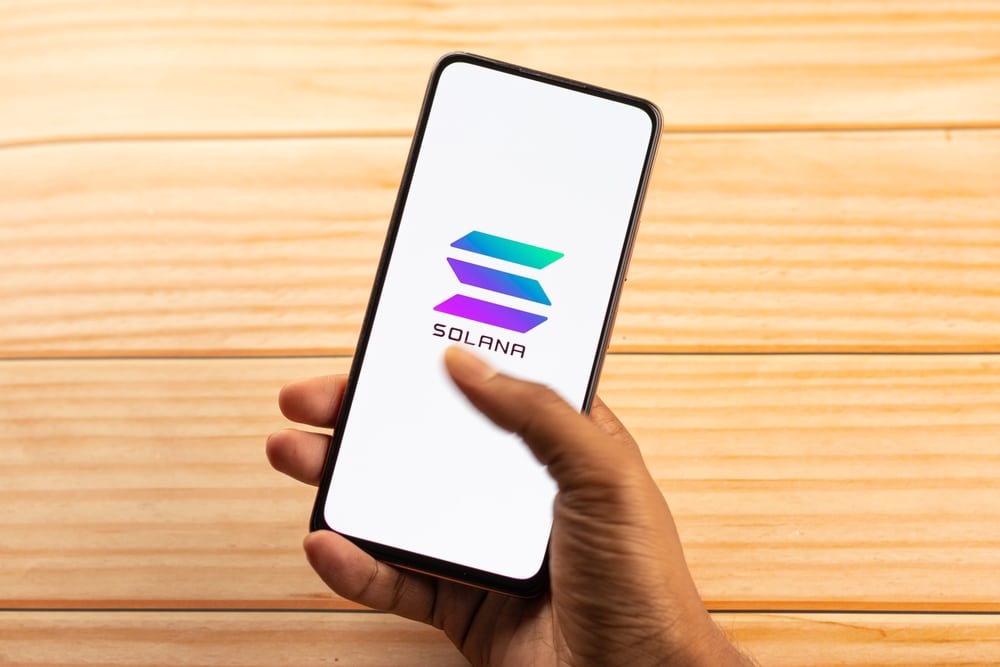The Solana ecosystem has recently witnessed significant adoption thanks to the buzz around meme coins. Are you looking to bridge to Solana? You have come to the right place. This guide demonstrates how to move tokens from other blockchains to Solana. Keep reading to learn more.
Understanding Blockchain Bridges
What are blockchain bridges? One might ask. Simply put, a blockchain bridge allows crypto users to transfer funds from one blockchain to another. For example, using a bridge like Portal, you can easily move a token from the BNB Smart Chain to Solana.
📈🤖 Unlock unparalleled trading potential with GPT Stocks Master AI! Revolutionize your portfolio, leveraging real-time insights and predictive analytics. Don’t miss out – step into a world where precision and profitability meet. Ready to transform your trading journey? Click “Master My Trades” now for your exclusive access! ✨🚀📊
So, how do blockchain bridges work? Well, they use the lock and mint system, which involves locking the token being transferred on the source blockchain and minting the same amount of the token on the destination blockchain. If the crypto user wishes to transfer their tokens back to the source network, the bridge will burn the minted tokens and unlock the previously locked tokens.
There are several blockchain bridges you can use to move funds to Solana. We will use Portal in this guide.
Bridging to Solana Using a Decentralized Blockchain Bridge (Portal)
1. Pick the Blockchains
The first step to bridging your token to Solana involves selecting the source blockchain and the destination blockchain (Solana).
2. Connect Your Wallet
You need to connect a supported wallet to the Portal platform to proceed with the bridging process. Portal supports several Web3 wallets, such as Phantom and MetaMask.
3. Choose the Token to be Bridged
After you have successfully connected your wallet to the bridging platform, select the token you want to bridge to Solana and enter the amount.
4. Connect Your Solana Wallet
You need a wallet to store your bridged token, hence the need to connect a supported Solana wallet to Portal. To do this, simply press the “Connect” button.
5. Set Up Associated Token Account
After linking the source and destination wallets on Portal, you will be required to set up a token account on your Solana wallet. Click “Create Associated Token Account” to set up the account.
6. Bridge the Token
With the associated token account ready, hit “Transfer” to bridge your token to Solana. Bridging takes only a few minutes. When Portal completes the transfer, press “Redeem” to claim your token on the Solana wallet.
Bridging to Solana Using Centralized Blockchain Bridge
Here is how you can bridge your token to Solana through crypto exchange OKX.
1. Deposit the Token to be Bridged into Your OKX Wallet
You can deposit tokens into your OKX wallet through on-chain transfers or by buying in the exchange’s spot market.
2. Connect a Solana Wallet
Press the “Connect Wallet” feature to link your OKX Wallet with a Solana Wallet, which will be the destination for the bridged tokens.
3. Bridge to Solana
After linking the two wallets, you will get access to OKX Swap, where you can complete the bridging process. To do this, select the token to be bridged, specify the token amount, and then press “Swap Across Chains.” The bridged tokens will arrive in your Solana wallet in under a minute.
Understanding Terminology Used in Blockchain Bridging
Here are some of the terms you need to familiarize yourself with before bridging tokens to Solana.
Slippage
This term is used to describe the difference between the execution price of a particular transaction and the expected price. Sometimes, when transacting on the blockchain, you might initiate a transaction at, say, $1, but it ends up being executed at $1.2. The difference in these prices is called slippage.
Network Fee
For your on-chain transaction to be completed, you must pay network fees. Miners and validators collect these fees. They are responsible for facilitating bridging.
Transaction Times
Different blockchains have different transaction times, which are determined by the number of transaction confirmations and network congestion. For instance, if you are bridging tokens from Ethereum, the transfer might take several minutes because the network is mostly congested and has high confirmation times.

